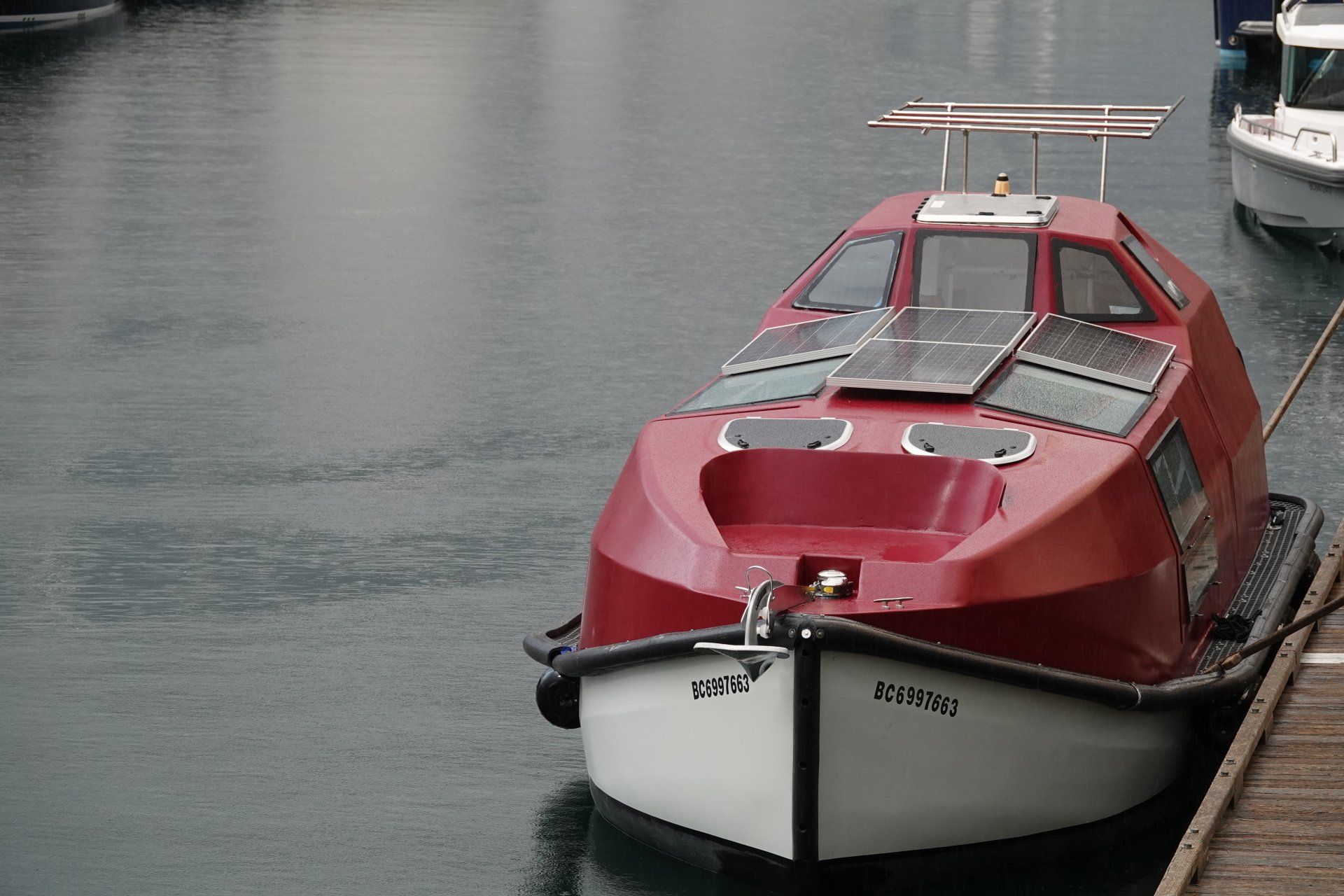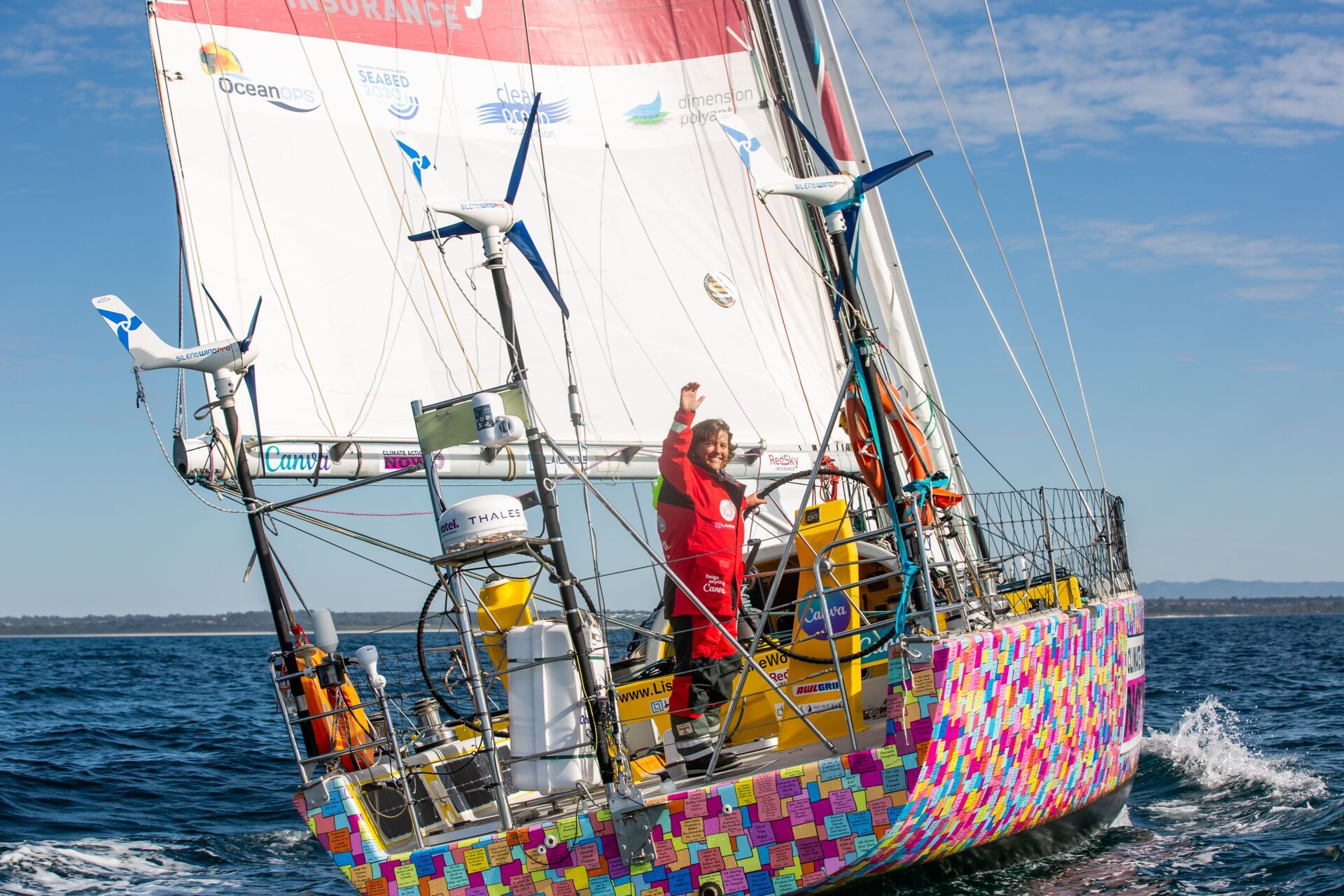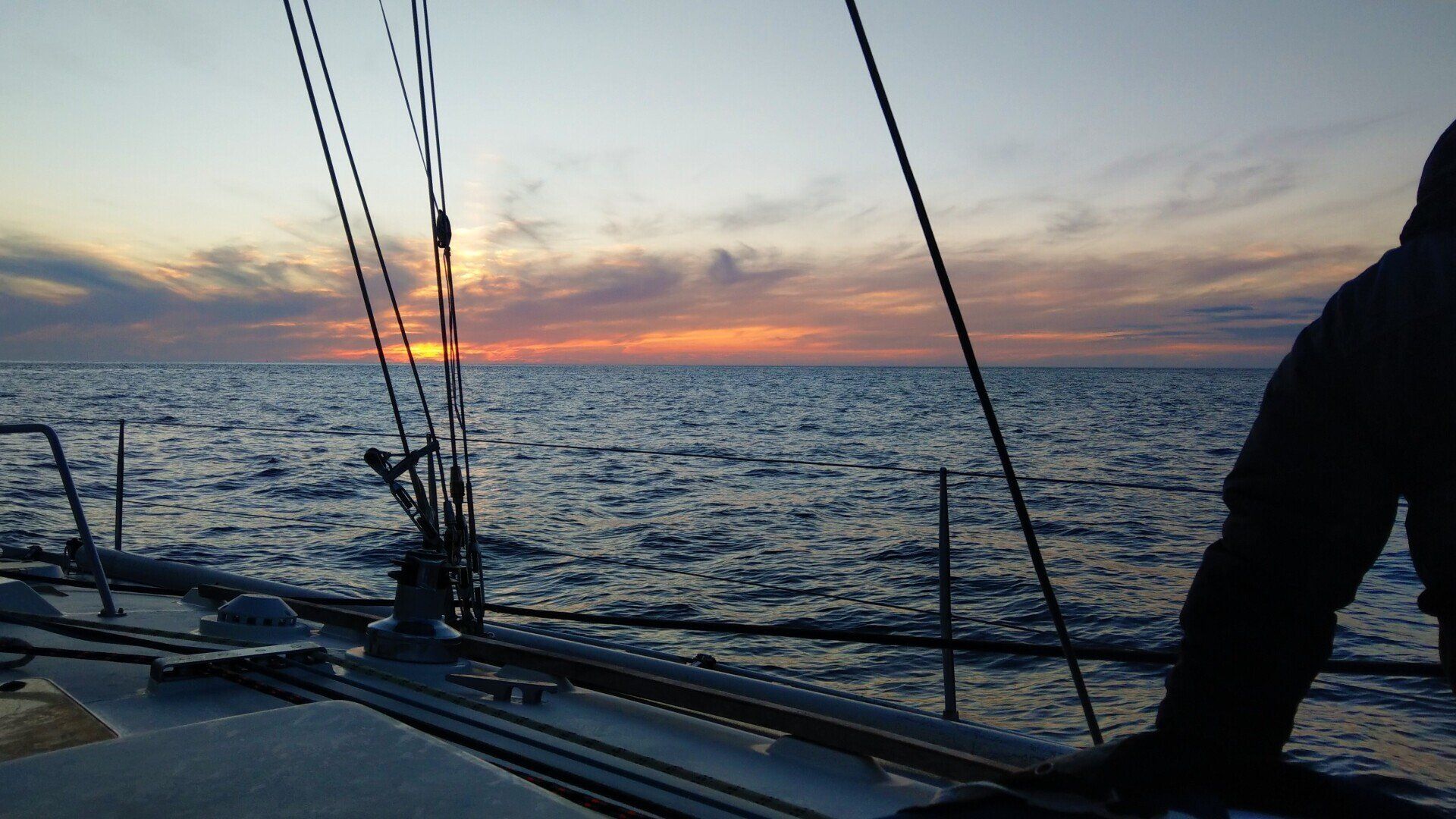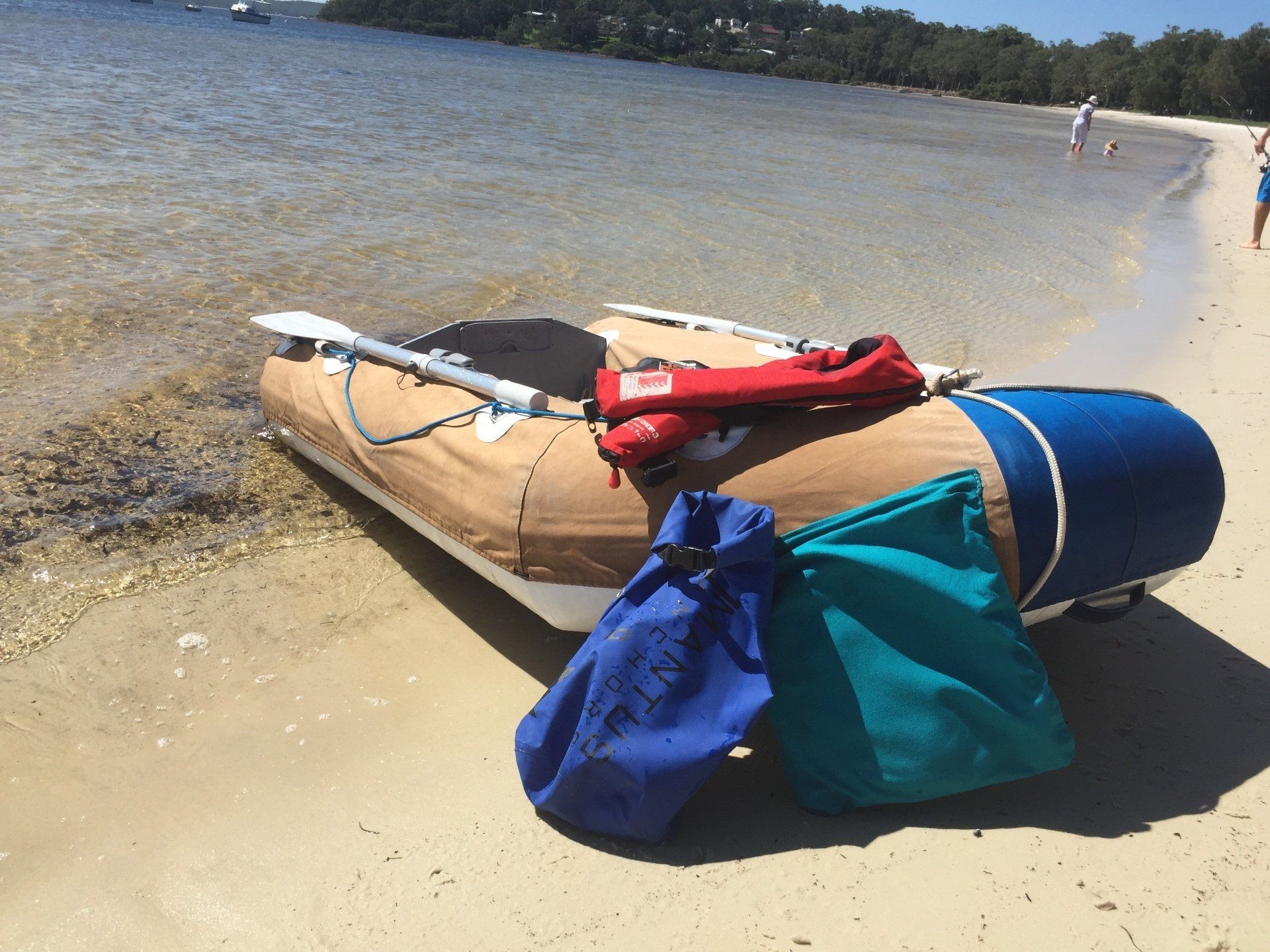Boat hooks: The most valuable piece of equipment on a barge boat
Valerie Poore writes SisterShip Magazine's 'Flat-bottomed girl: views from the canal' column
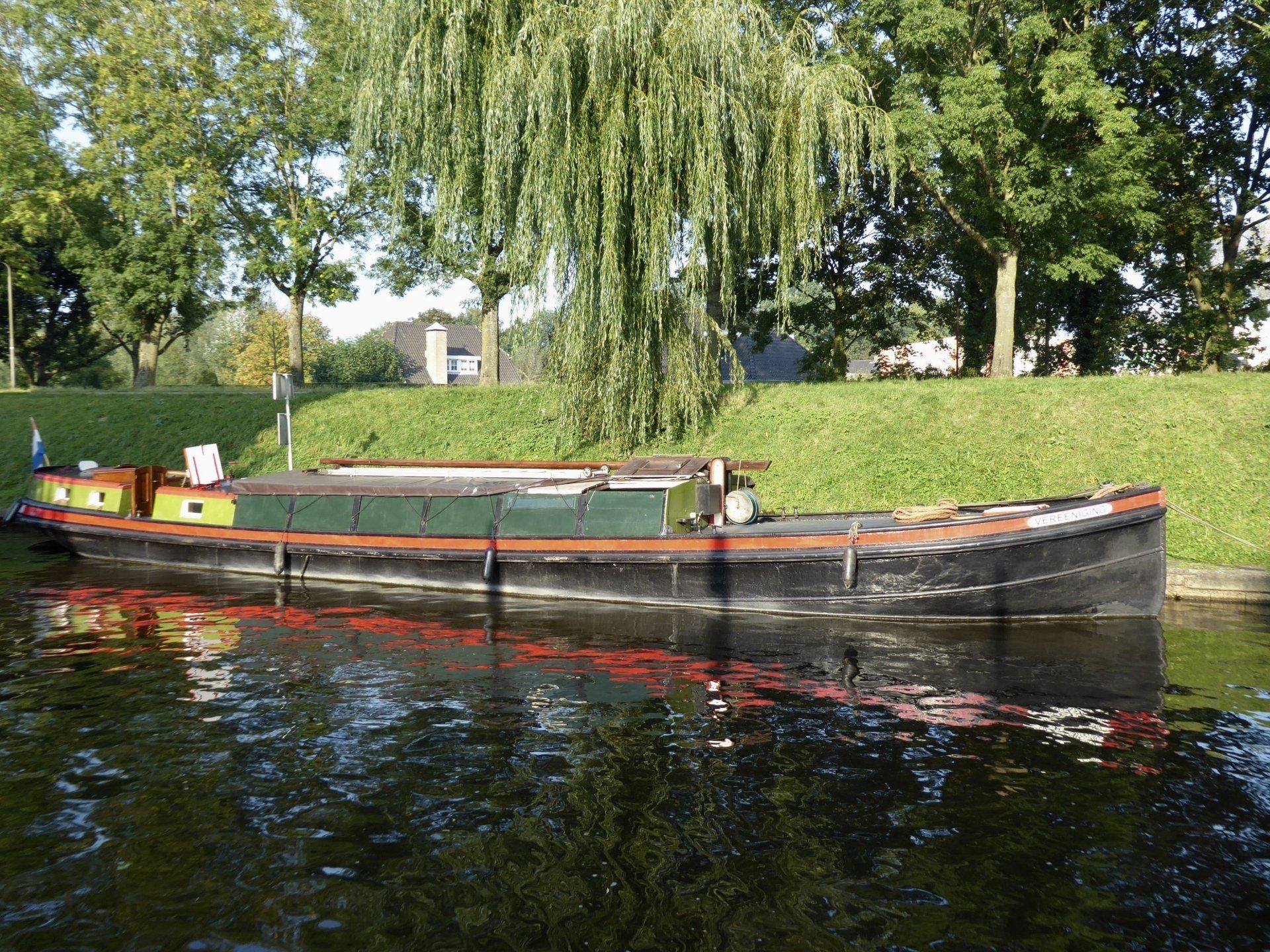
While planning for this summer’s travels on our barge, I’ve been having a bit of fun compiling a list of uses for my wonderful boat hook, or haakstok as it’s called in Dutch. The boat hook is my absolute favourite piece of equipment on board, and I always check I’ve got it close to me.
I should say, though, I don’t only have one. On our holiday barge, Hennie H, we have three of them in varying lengths and they all get used on a regular basis. So here, in no particular order, is the list of uses to which I put mine.
1. Putting ropes on bollards that are just out of reach. I sometimes think lock builders deliberately challenge the boater by placing bollards or cleats just out of normal arm’s reach. What makes it worse is that I’m useless at rope throwing unless the bollards are on top of the lock wall. When they’re set in recesses in the side, there’s no way I can do it. A good, long boat hook solves this problem nicely. Just slip the noose of the rope over the hook, reach out and slide it over the offending bollard or cleat. It can sometimes be a bit tricky to extract the hook without taking your carefully positioned noose with it, but practice makes perfect.
2. Retrieving the bucket I’ve inadvertently dropped in the water. Yes. I do that at least once a week. When washing down the decks, I chuck my bucket into the river, canal or harbour with gay abandon and often manage to let go of its rope in the process. A handy boat hook can snag the handle and fish it out – rescue is actually essential to stop the bucket floating away from our barge and into the path of other people’s propellers, which could have very nasty consequences.
3. Pushing ourselves away from boats we’ve got too close to by getting distracted. One of our stock phrases while we’re canal cruising is “keep steering!”. There’s always something to divert our attention on the waterways, which means our course direction can go haywire as we gaze around. If we get too close to other moored-up barges, my boat hook can be a saving grace – quite literally.
4. Pushing our barge off the quay when leaving a mooring and the wind is determined to keep us glued to the land. This doesn’t happen all too often, but it can. With some heavy grunting as added support, shoving the haakstok hard against the wall can liberate us from these close encounters with stony things.
5. Passing objects to someone on another boat. Because we don’t want to get too close to other canal cruisers, a boat hook comes in handy if we need to pass something over to fellow travellers while we’re on the move. I remember some years back, we received some much-needed coffee this way from a couple of fellow travellers. We’d run out of gas and had no means of heating water, so we pleaded with our friends to make us a hot drink; it was delivered in a thermos flask a few minutes later by boat hook.
6. Giving my rope to an assistant in a lock. On a number of the French and Belgian canals, there’s a crew of helpers to take boaters through the system. They fix our lines, fill or empty the lock chambers, and operate the gates. However, some of these locks are pretty deep and often don’t have ladders I can climb. In these situations, when going upstream the assistants will use a hook attached to the end of a long, thin cable to ‘collect’ our ropes and pull them up to a bollard at the top. If they don’t happen to have one (a hook, that is), I use my longest
haakstok to pass the rope’s noose up to the willing hands-on land.
7. Using the boat hook as a machete to hack my way through undergrowth on an overgrown bankside we want to tie up to overnight. I did this when we improvised a wild mooring on a Belgian canal. The hook did a grand job of breaking down nettles and flattening brambles, so we could climb the bank to fasten our ropes to a nearby bush. It also acted as a ‘piton’ to help me keep my balance on my way. Hmm, perhaps that should be another use?
8. Testing the depth of the canal where we think it might be a bit shallow. If you like ‘off the well-dredged track’ as much as we do, there’s often a risk of running aground. Since we don’t have an echo sounder, a boat hook is a great way to test the water’s depth when we’re not certain if we can make it. Our barges have only the most basic equipment, but who needs electronics when you have a trusty boat hook?
9. Measuring how much diesel we have left. The fuel tank on the Hennie H has a gauge on the side, but we can’t always see the level if the light is too bright. Our solution is to stick the shaft of the boat hook down through the filler cap. Being made of natural, unfinished wood means we can check how much fuel we still have by the length of the part that’s wet. For good measure, I suppose I could add markings on it too, couldn’t I? For instance, 20 centimetres equals 150 litres and so on – something to do before we leave, I think.
10. Grabbing a cleat, ring, or ladder rung on a wall we want to tie up against when the wind is making life difficult for the skipper. The boat hook can make a great ‘hold fast’ in windy marinas. Once I’ve got the hook fixed securely to something, I can pull the boat into a more manageable position. Maybe I should also mention that along with our basic equipment, we don’t have a bow thruster either; once again, the boat hook compensates for our lack of more sophisticated aids.
11. Using the hook to hold our position when reversing out of a box mooring. I can either keep the barge steady and prevent it from swinging out by hooking onto a neighbour’s railings, or I can use my hook to maintain a suitable distance if the barge wants to swing into the other boat. We’re always at the mercy of both the propeller effect and the wind, so one or the other will get us every time.
12. Fishing our flag out of the water when we’ve forgotten the flagpole is higher than the rest of the barge when going under a low bridge. This has happened a few times over the years. By adopting a ‘stuff overboard manoeuvre’ (which is like man overboard but with more laughter), we’ve used our boat hook to save our flag as well as numerous other sundry items many a time.
So there you have it: twelve uses for this wonderful, indispensable, and versatile item of onboard equipment. I don’t know about anyone else, but I really couldn’t manage without mine – for both conventional and unconventional purposes.
Valerie Poore was born in London, England, and grew up in both north London and the west of Dorset. She moved to South Africa in 1981 but returned to Europe in 2001, which is when she began her love affair with the lovely Dutch flat-bottomed barges (hence the page title). She has lived on a barge in Rotterdam’s Oude Haven since then, but summers see her and her partner on the Belgian and French canals. Val teaches writing skills at the local uni for a living and has written several memoirs about her waterways life. Writing is a lifelong love as well as being her work.
Reprinted from SisterShip Magazine May 2022. Read more at SisterShip Magazine May 2022 by SisterShipMagazine - Issuu
Find all issues of SisterShip Magazine at www.sistershipmagazine.com

Contact
editor@sistershipmagazine.com
Sign up for regular news from the Editor's desk, event notifications and lots more.
Thank you for subscribing to the Sistership News
Please try again later
All Rights Reserved | Sistership Magazine
Website proudly created by Saltwater Digital


